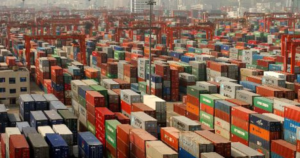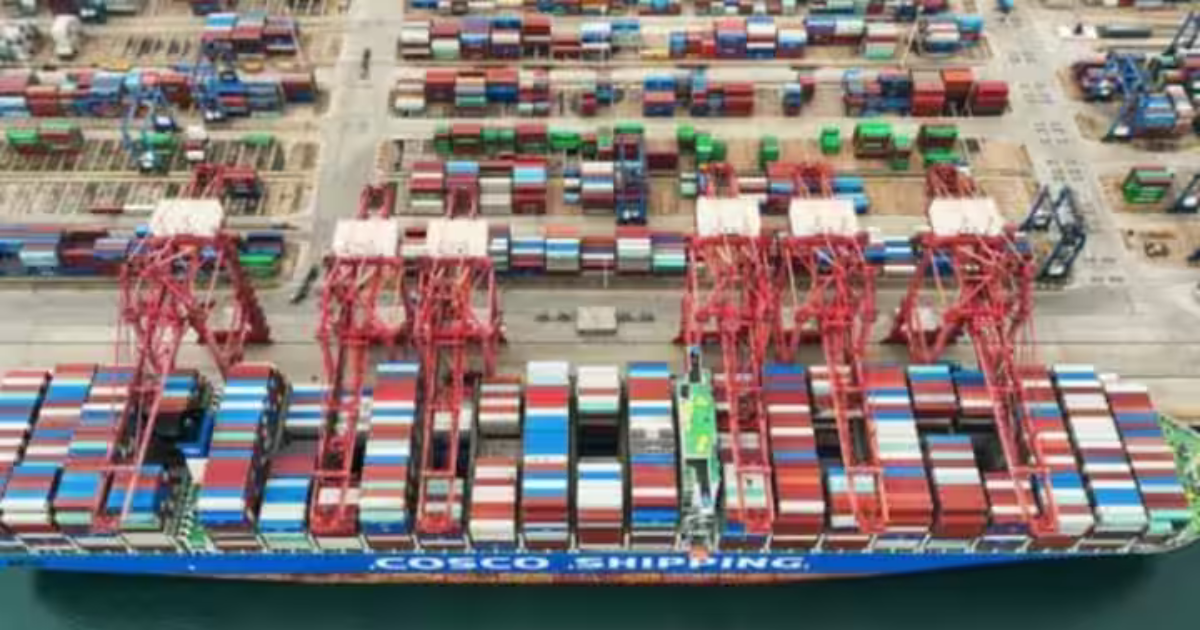- January saw India’s exports rise by 3.12%, reaching $36.92 billion, while imports grew by 3% to $54.41 billion, resulting in a $17.49 billion trade deficit.
- Fiscal year data reveals a 4.89% decline in exports and a 6.71% decrease in imports.
- Despite challenges, 18 out of 30 major sectors experienced positive export growth, indicating sectoral resilience.
- Government initiatives include meetings with exporters and stakeholders to navigate the Red Sea crisis and ensure credit support from banks.
- India’s share in global exports is increasing, reflecting its expanding presence in international trade.
- The service sector recorded significant growth, with estimated exports valued at $32.8 billion in January.
- Proactive measures and strategic interventions are crucial to sustaining India’s trade competitiveness amidst evolving economic landscapes.

In January, India’s trade sector experienced optimistic trends, with significant gains in exports and imports, resulting in a trade deficit at its lowest level in nine months. The latest official numbers give light on the country’s economic dynamics.
Trade Statistics Overview :
In January, exports increased by 3.12% to $36.92 billion, while imports increased by 3% year on year to $54.41 billion. As a result, India’s trade deficit fell to $17.49 billion for the month, indicating a considerable improvement in its trade balance.
Declining Trends in the Fiscal Year :
Exports and imports fell throughout the fiscal year that ran from April to January. Exports decreased by 4.89 percent to $353.92 billion, while imports declined by 6.71 percent to $561.12 billion. Notably, the trade deficit fell to its prior low of $15.24 billion in April 2023, demonstrating a continued attempt to stabilise trade dynamics.
Sectoral insights :
Despite obstacles, several sectors demonstrated resilience and growth in January. Eighteen of the 30 key sectors recorded strong export growth, including steel, spices, oil meal, oilseeds, carpets, electronics, tea, medicines, petroleum products, coffee, engineering items, and chemicals. This diversified performance across sectors reflects India’s multifaceted trade ecosystem.
Addressing Challenges :
In the midst of the Red Sea crisis and the global economic slump, the government has taken strong steps to support exporters. Multiple meetings have been held with exporters, key ministries, and stakeholders to resolve problems and improve trade operations. Efforts are underway to guarantee that exporters obtain maximum credit support from banks, including directions to Exim Bank and ECGC not to raise insurance premium rates.
Response to External Factors:
Despite the hurdles provided by the Red Sea crisis, slowing development in advanced nations, and commodity price volatility, India’s export performance has remained resilient. The Ministry of Commerce states that India’s percentage of global exports is increasing, indicating the country’s growing influence in international trade.
Service Sector Resilience :
In addition to merchandise exports, the service sector has shown encouraging growth, with expected exports totaling $32.8 billion in January, up from $28 billion in January 2023. This strong performance demonstrates the diverse nature of India’s export portfolio, which includes both products and services.
Conclusion :
The most recent trade statistics for January paints an optimistic picture of India’s economic trajectory, with positive trends in export and import dynamics. Despite the ongoing problems, coordinated efforts by the government and stakeholders have strengthened India’s trade resilience, positioned the country favourably in the global marketplace. As India navigates changing economic environments, proactive measures and smart interventions will remain critical to maintaining and increasing its trade competitiveness.

